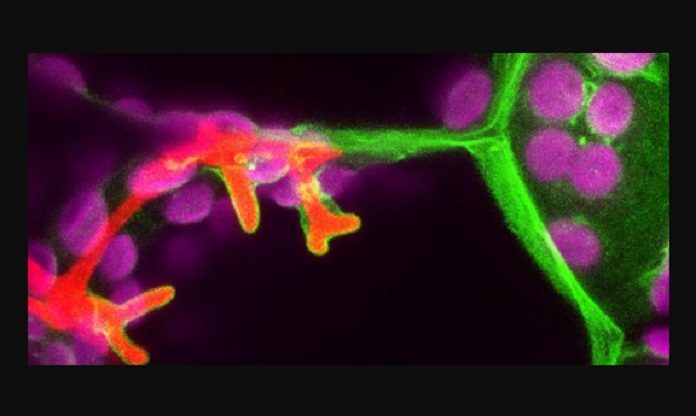Association amongst plants and filamentous organisms goes back a great many years, as well as present-day plants have kept up this antiquated system to suit and react to microbial trespassers.
For what reason do a few plants welcome a few organisms with open arms while treating others with chilling disdain? Like most connections, it’s muddled, and everything backpedals far. By considering liverworts – which veered from other land plants right on time ever.
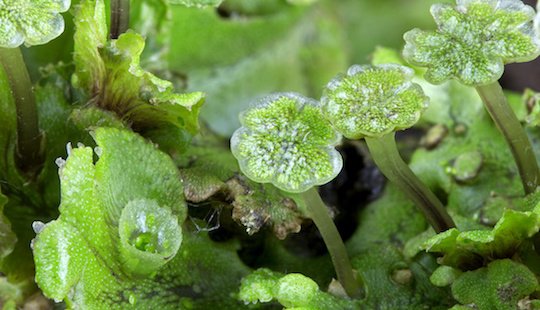
Liverworts are small green plants that don’t have roots, stems, leaves or flowers. They belong to a group of plants called Bryophytes, which also includes mosses and hornworts. Bryophytes diverged from other plant lineages early in the evolution of plants and are thought to be similar to some of the earliest diverging land plant lineages. Liverworts are found all over the world and are often seen growing as a weed in the cracks of paving or soil of potted plants. Marchantia polymorpha, which is also known as the common liverwort or umbrella liverwort, was used in this research.
Analysts from the Sainsbury Laboratory at the University of Cambridge have discovered that the connection amongst plants and filamentous microorganisms goes back a huge number of years, as well as that advanced plants, have kept up this antiquated system to suit and react to microbial intruders.
The study shows that aggressive filamentous microbial (fungi-like) pathogens can invade liverworts and that some elements of the liverwort’s response are shared with distantly related plants.
The first author of the paper, Dr. Philip Carella, said the research showed that liverworts could be infected by the common and devastating microorganism Phytophthora: “We know a great deal about microbial infections of modern flowering plants, but until now we haven’t known how distantly related plant lineages dealt with an invasion by an aggressive microbe. To test this, we first wanted to see if Phytophthora could infect and complete its life cycle in a liverwort.”
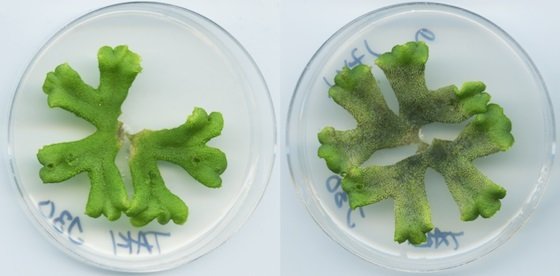
“We found that Phytophthora palmivora can colonize the photosynthetic tissues of the liverwort Marchantia polymorpha by invading living cells. Marchantia responds to this by deploying proteins around the invading Phytophthora hyphal structures. These proteins are similar to those that are produced in flowering plants such as tobacco, legumes or Arabidopsis in response to infections by both symbiont and pathogenic microbes.”
These genealogies share a typical precursor that lived more than 400 million years prior, and fossils from this day and age indicate confirm that plants were at that point shaping valuable associations with filamentous organisms.
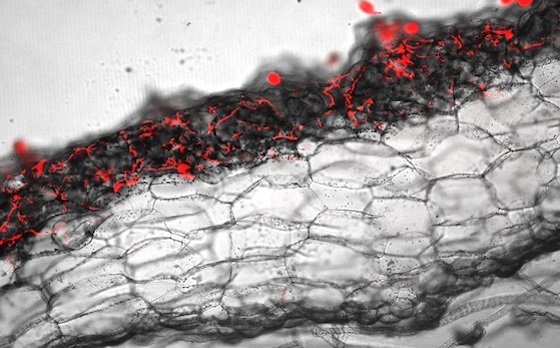
Dr. Sebastian Schornack, who led the research team, says the study indicates that early land plants were already genetically equipped to respond to microbial infections: “This discovery reveals that certain response mechanisms were already in place very early on in plant evolution.”
“Finding that pathogenic filamentous microbes can invade living liverwort cells and that liverworts respond using similar proteins as in flowering plants suggests that the relationship between filamentous pathogens and plants can be considered ancient.”
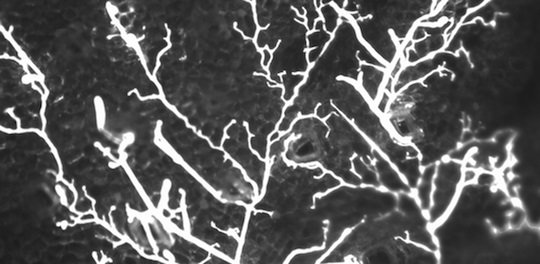
Phytophthora is a water mould. Although it looks like it, it is not a fungus at all. Instead it belongs to the oomycetes and is a type of filamentous microbe. Phytophthora pathogens are best known for devastating crops, such as causing the Irish potato famine through potato late blight disease as well as many tropical diseases. This research used the tropical species, Phytophthora palmivora, which causes diseases in cocoa, oil palms, coconut palms and rubber trees.
“We will continue to study whether pathogens are exploiting mechanisms evolved to support symbionts and, hopefully, this will allow us to establish future crop plants that both benefit from symbionts while remaining more resistant to pathogens.”
This research was funded by the Gatsby Charitable Foundation, the Royal Society, the BBSRC OpenPlant initiative and the Natural Environment Research Council.
The study is published today in journal PNAS.
